By Amadi Chimaobi Kingsley
IN its literal sense, “Ijogbon” signifies “stubborn” or “troublesome” as the four adolescent friends demonstrated all through the movie, However, within the broader context of pragmatics, this word unfolds its multifaceted dimensions, also representing “chaos,” “a state of turmoil,” or a “heated argument.” It makes the name very fitting as it encapsulates the action and counteraction captured through the director’s lens.
It’s worth mentioning that the film’s title, “Ijogbon,” carries a profound Yoruba essence.
Like Uchemba Willam’s ‘Mamba’s Diamond’ and Tade Ogidan’s ‘Diamond Ring’, Kunle Afolayan embarks on another diamond tale with his latest offering, Ijogbon’.
Although sharing a semblance of storyline, Afolayan’s narrative takes a riveting turn. It offers so much intrigue that spans the story itself, innovative narrative techniques, and stunning cinematography that make for a masterpiece.
Ijogbon follows four teenagers: Oby, Jamiu, Ranti and Omooba who stumble across a bag of diamonds which plunges them into a chaotic adventure that tests the limits of their bond. With sweeping aerial shots, we are introduced to the town of Oyo Oke in a way that is important to the story—it is small and everyone knows everyone. The four friends run out of school to the mountain where Jamiu (Kayode Ojuolape Jr) once again reminds them of his ambition to leave the town. In this scene we get a sense of the ways these friends are different: Jamiu has a fervent passion to leave, Ranti’s (played by Oluwaseyi Ebiesuwa) youth is slowly eroding as he succumbs to his father’s pastoral dreams for him, Omooba (Fawaz Aina of the Ikorodu Bois) is the youngest, funny and carefree maybe shielded by his father’s status as king, and Oby (Ruby Akubueze) is sympathetic and reasonable. These dynamics stay consistent forming the foundation of conflicts as the film progresses.
The young actors are true to the rashness of being teenagers, carrying the uniqueness of youth that usually exists before adulthood flattens it. Their interactions never seem forced, and you believe the history of their friendship even though we never know how the group formed.
Exploring the essence of teenage life through film is an enduring tradition as old as the medium itself.
Every season, a new film emerges to delve into the crossroads of being fifteen, the complexities of love triangles at sixteen, and the transformative decisions at seventeen. These films often serve as nostalgic vehicles, evoking the cherished memories we once had as teens.
Ijogbon is painted with different shades of Afolayan. The seamless switch from Yoruba to English is true to his history with languages and even more fitting in a community as small as Oyo Oke: Oby understands Yoruba but communicates mostly in English tinged with an Igbo accent, her mother (Tana Adelana) speaks English, Yoruba and Igbo switching between the three frantically and to some comic relief toward the end of the film.
The story, written by Tunde Babalola, is relatively simple, refusing to fall into the trap of too many moving parts. It is often predictable but always earned because all the parts fall into place. The use of a folktale to guide the story is reminiscent of his early work in The Figurine with the greed that has persisted in humanity given a supernatural explanation.
The language use is brilliant, with an incredible blend of English, Yoruba, Igbo, Igbirra, Mandarin, and local Beninois languages contributing to a rich dialogue. The use of local slang is relatable to the average Nigerian and will get audiences excited.
Despite that familiarity, there’s still a freshness to the story. Gabriel Afolayan seems to be having the best time with his role as Broda Kasali, playing a comical henchman dedicated to frustrating the children while Chief Owonifaari (Yemi Solade) is menacing in just the right amount and there is a way social commentary is infused without a set in stone opinion: Jamiu and the best teacher in the community school wants to japa by any means possible, a Nigerian youth dilemma; a village is willfully giving up resources to private individuals because they’re most likely neglected by the government and parental pressure pushing children to extremes. This commentary is cushioned in production design that is a lesson in nostalgia, each home looks lived in and reminiscent of old Nigerian homes with the prints on the couches and the curtains on the windows.
The film also benefits from the experiences of the established stars in its cast, with names such as Sam Dede (Rev. Sangodoyin), Bimbo Manuel (Kabiesi), Gabriel Afolayan (Broda Kasali), Femi Branch (Banjo), Adunni Ade (Chidera) and Femi Adebayo. They seamlessly blend their experience with the new generation of actors, lending a refreshing dynamic to the film. Kunle Afolayan is known for regularly casting non-actors and first timers in key roles. From Demola Adedoyin as Prince Aderopo in October 1, Temi Otedola as Moremi Oluwa in Citation, to music artiste Niyola as Tolani Ajao in the period film Swallow (2021). Ijogbon follows this trend as Ebiesuwa (Ranti), Jamie Lee (Ming Ho) and Aisha Alabi (Latifah) are handed their acting debuts.
One noteworthy addition to the cast is Dorothy Bachor of BBNaija fame. While her previous foray into Nollywood in ‘Brotherhood ‘may have left some underwhelmed, her role in “Ijogbon” requires less dialogue and action, making it a well-suited fit for the reality-show-housemate-turned-actress. Dorothy’s physical attributes and expressive gestures are skillfully harnessed, enhancing her character’s presence within the film.
Running at almost two hours, there are some scenes that could have been shorter or even left out—the flashback scene where Gabriel’s character is exposed as the thief comes to mind because it is easily deduced. This doesn’t take away from the momentum of the film which culminates in multiple attempts to get rid of the children in pursuit of the ever-elusive diamonds.
In the face of the chaos at the end, Jamiu and the gang do not automatically jump into action, we see their relationship strained by their individual differences and a love triangle that is abrupt in its revelation. Oby constantly lives up to her role as the emotional anchor and moral compass of the group in an ending that might not convince you at first but wins you over before the credits roll.
The film also raises questions of verisimilitude: the appearance of being true or believable. The parents do not sufficiently show the grief of having missing children. This is further exacerbated by their passive emotional response when they discover the dead bodies of the foreigners – Rev. Sangodoyin even offers a prayer for the dead. While this may have been for comic relief, it certainly watered down the needed tension from such tragedy. It is also puzzling that there are no flies around Teju’s corpse when it is found, even though he had been killed earlier. Another issue for continuity is the fact that Jamiu doesn’t have any bag on him when he goes to meet with Omooba’s abductors but at some point, he is seen with a bag.
The cinematography in the film is, however, something to cheer for. The close-ups and wide-angle shots are simple but very compelling and intriguing. The subtle tilting of the camera each time the conflict gets intense points to intentional storytelling as it reflects the state of mind of the protagonists.
However, the story leaves us with suspense: what happened to OmoOba? And did friendship heal after the diamond saga? These resolved questions could be an intentional act by the writer to leave the audience in an ending suspense that reminds them of Ijogbon.
As the tale comes full circle, the film’s resounding message is clear—a coming-of-age story that delves into the lives of four teenagers whose discovery of hidden diamonds propels them down a treacherous path marked by secrets, friendship, and the pursuit of freedom. “Ijogbon” is an enthralling journey that compels us to contemplate the profound consequences of our actions.


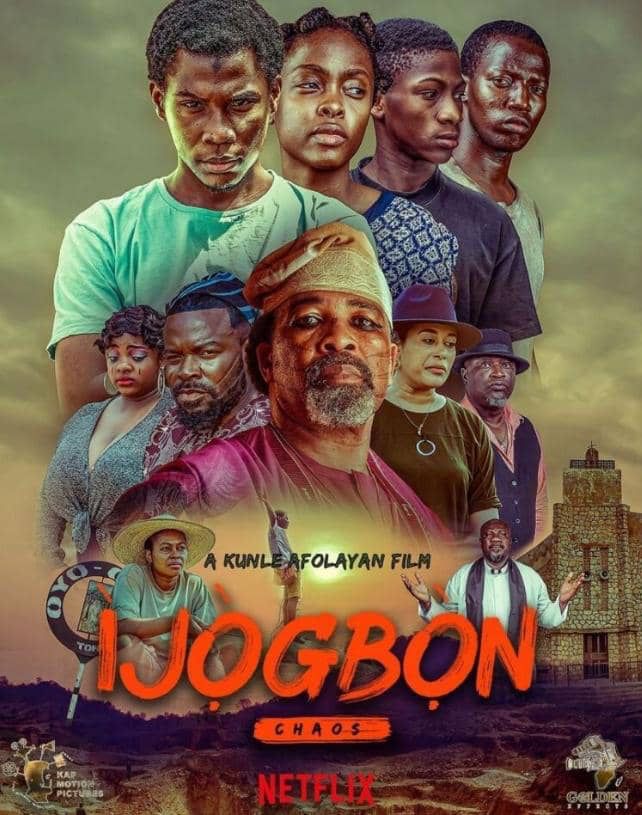
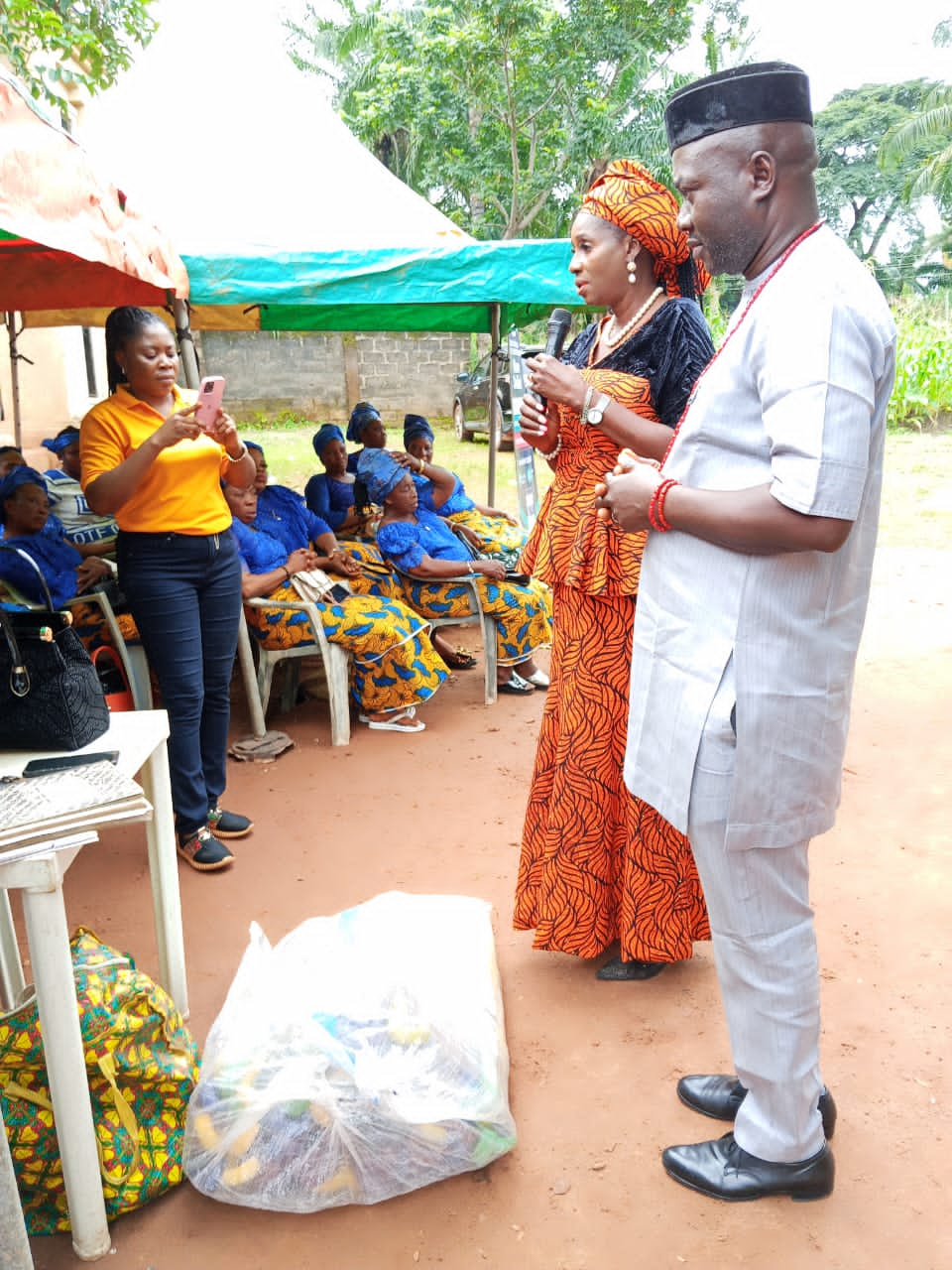
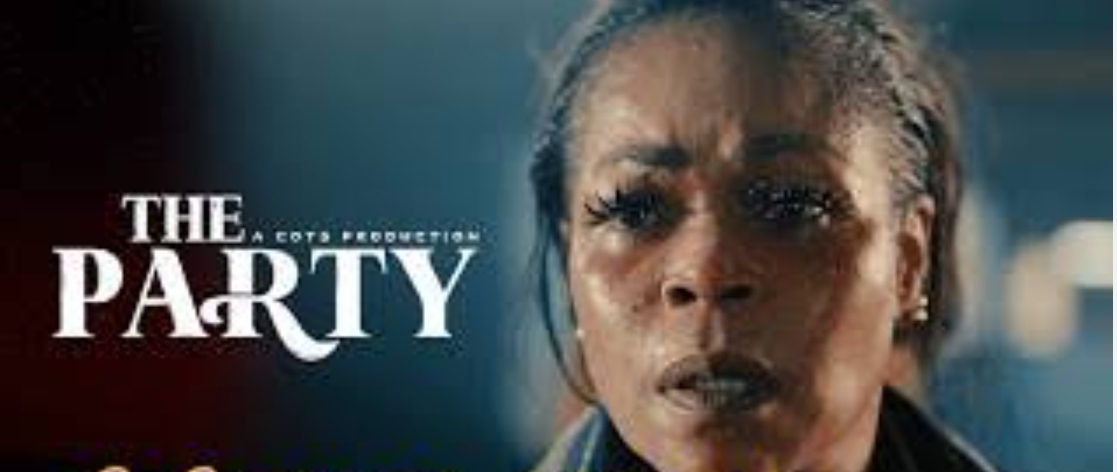
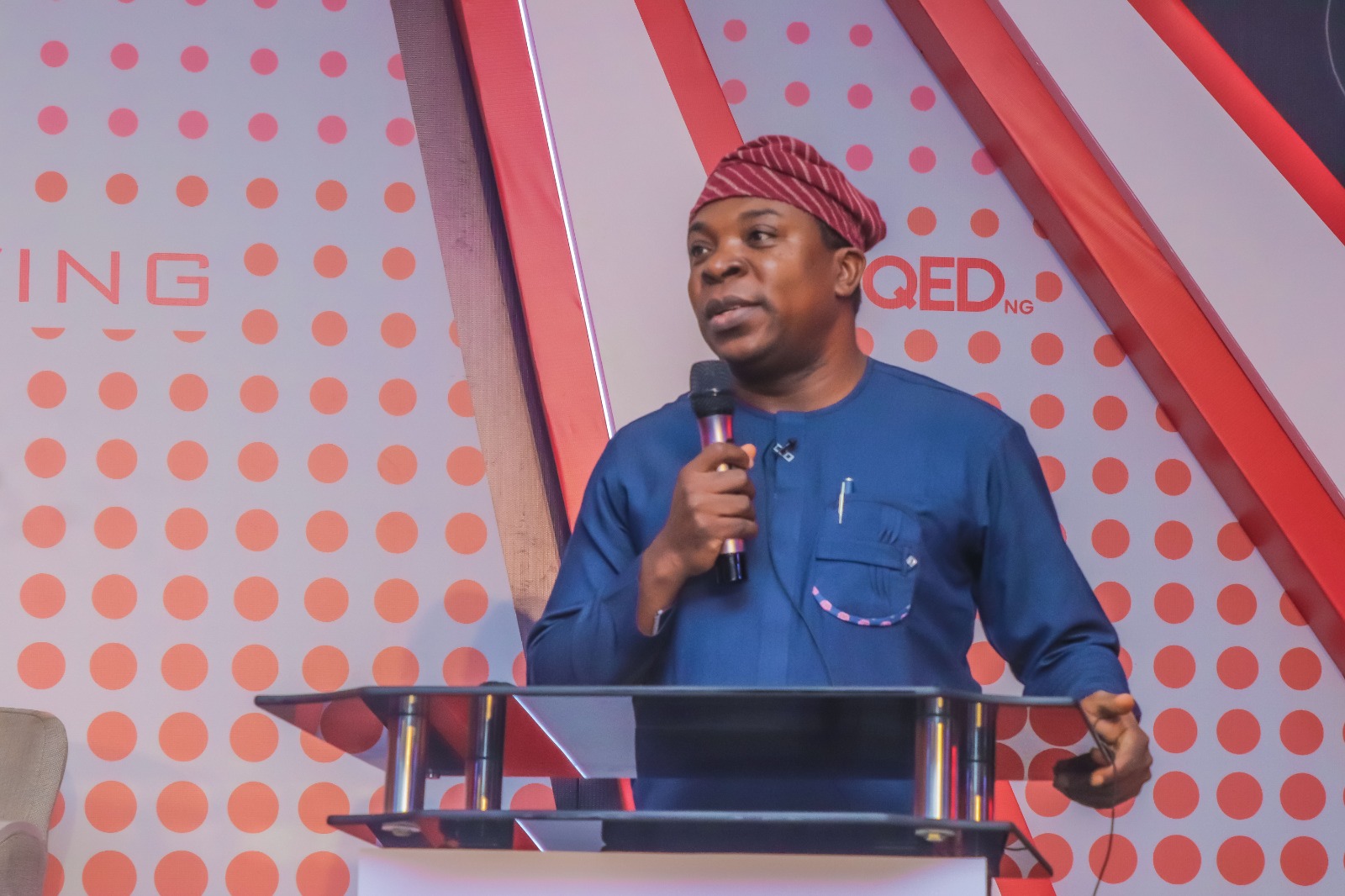
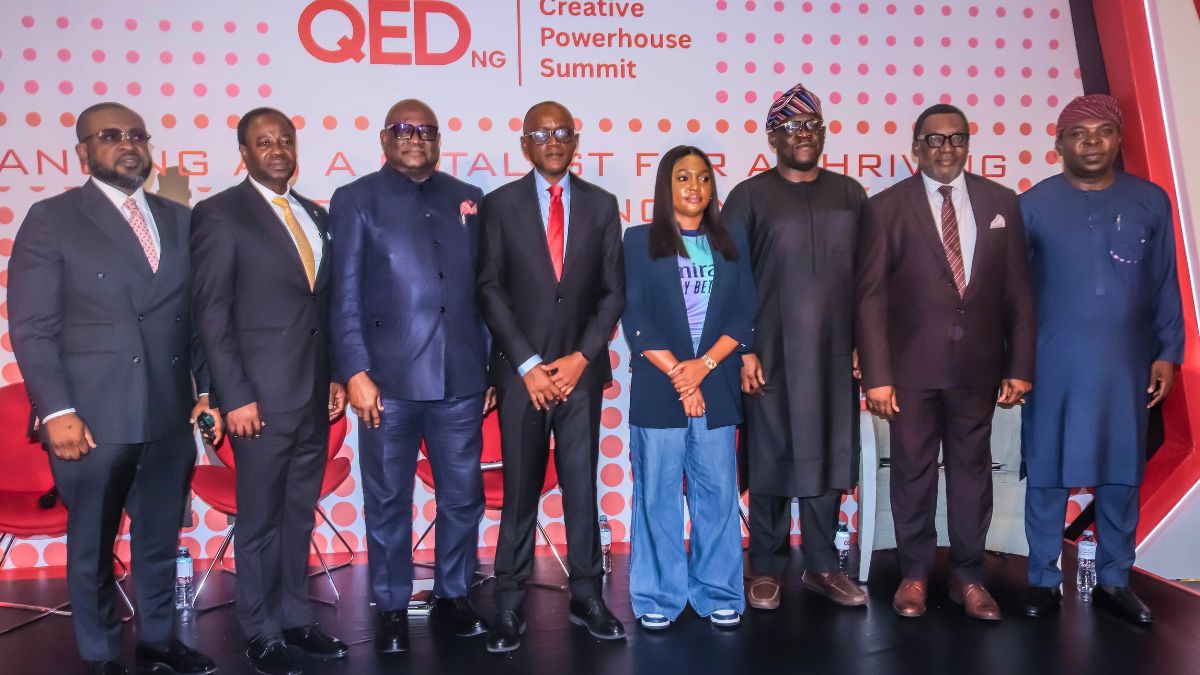

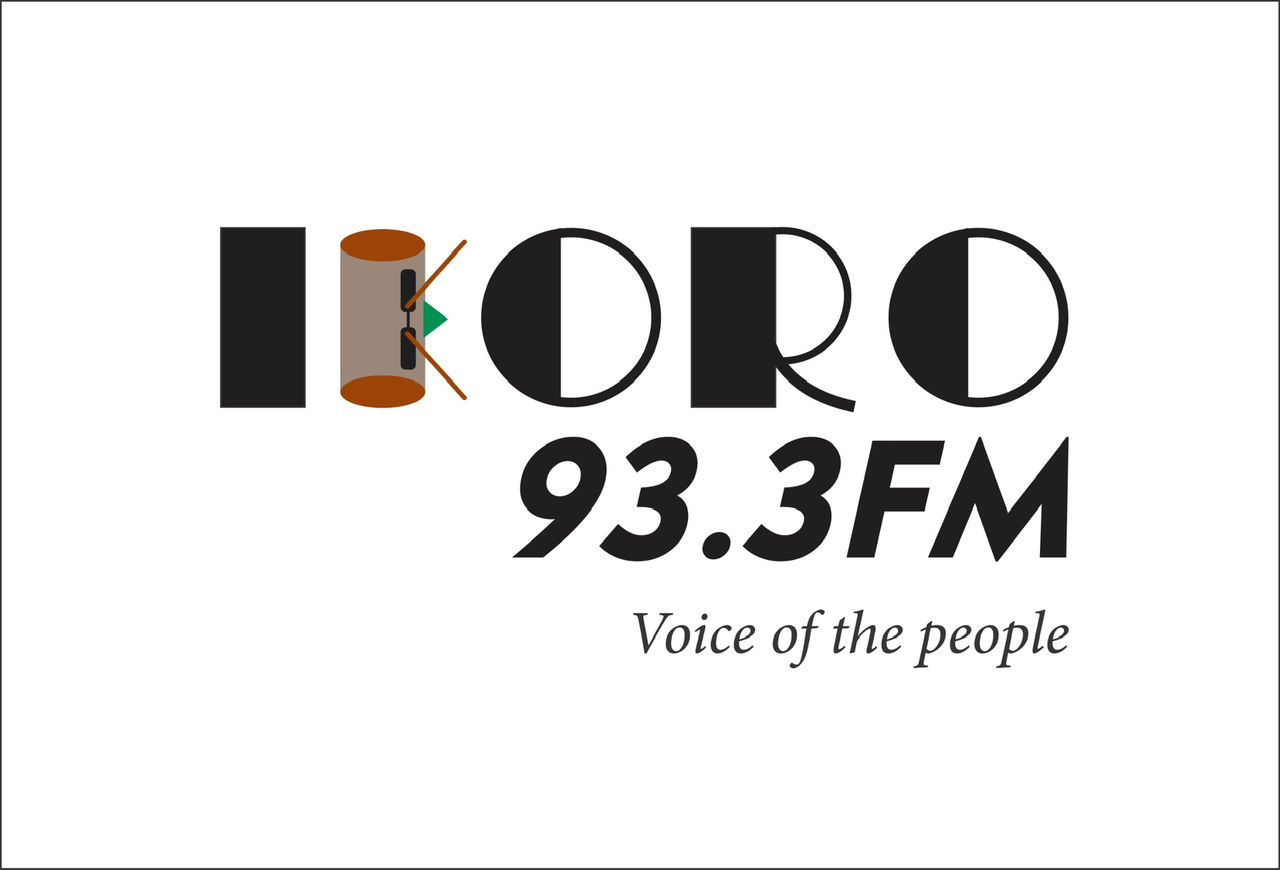
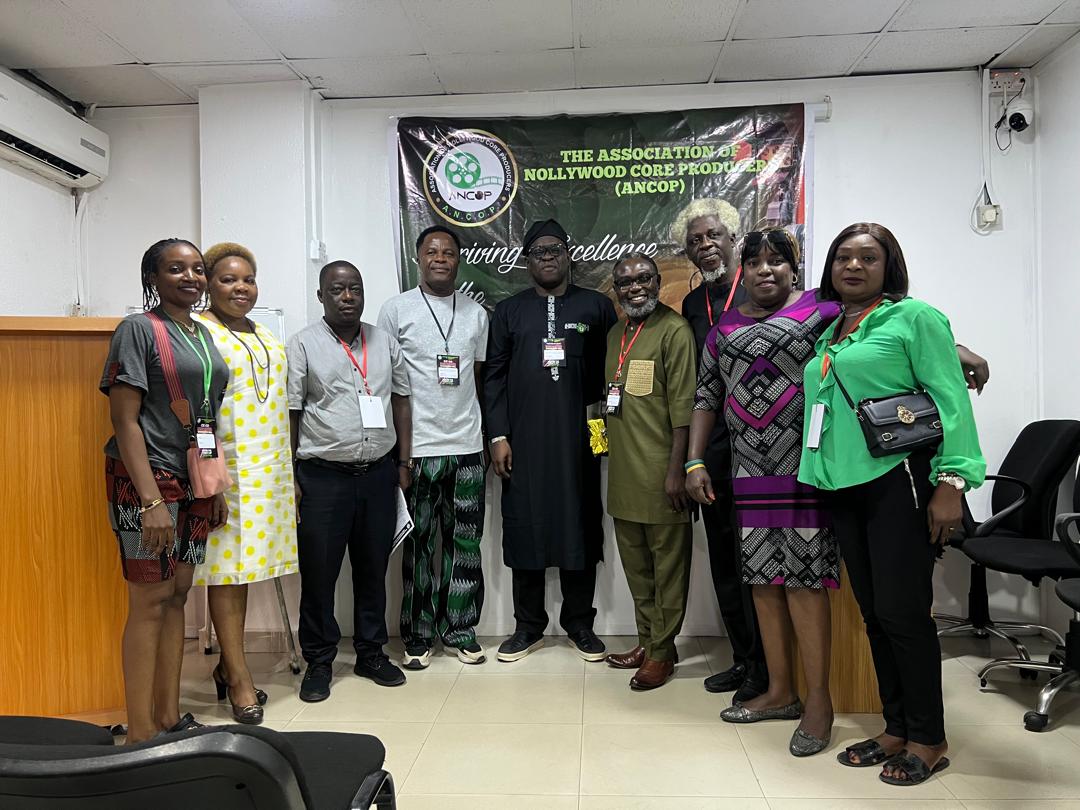
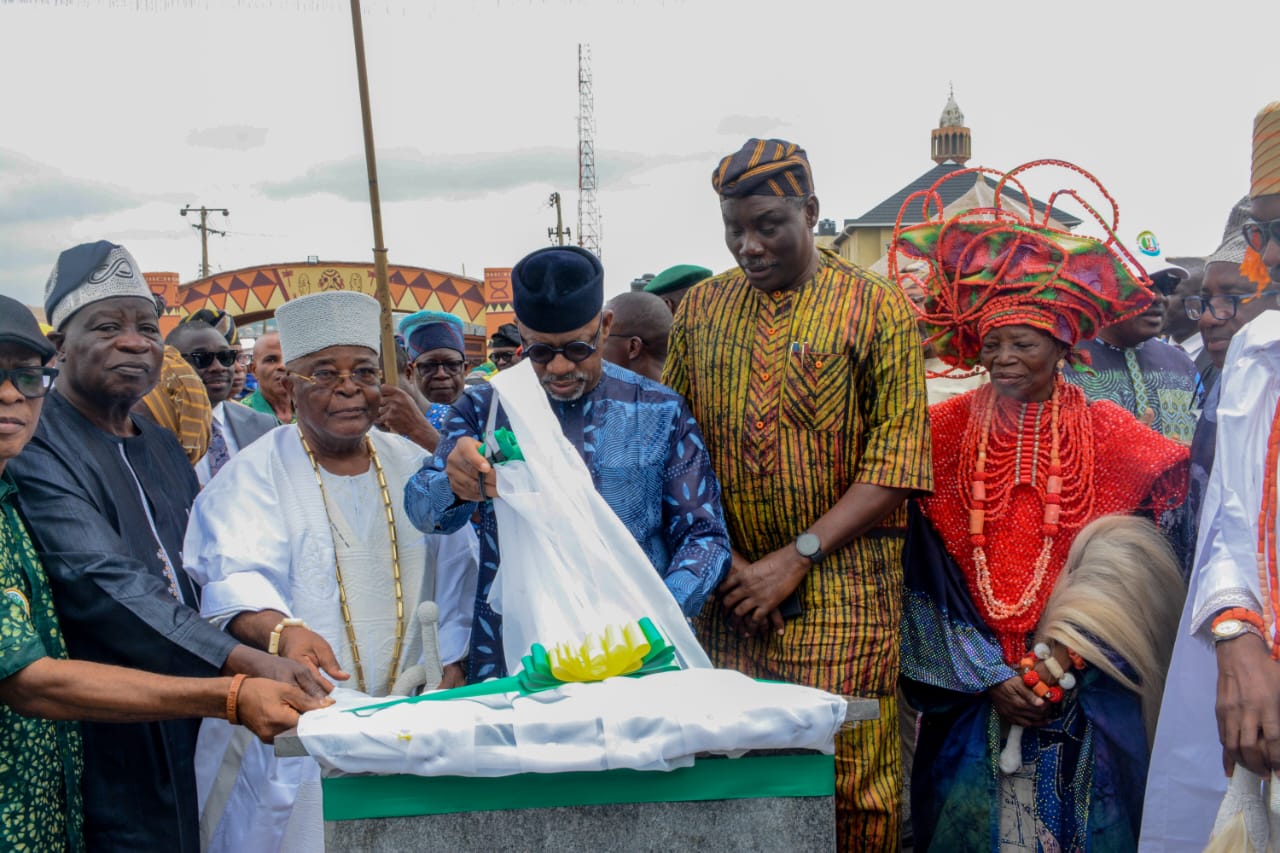
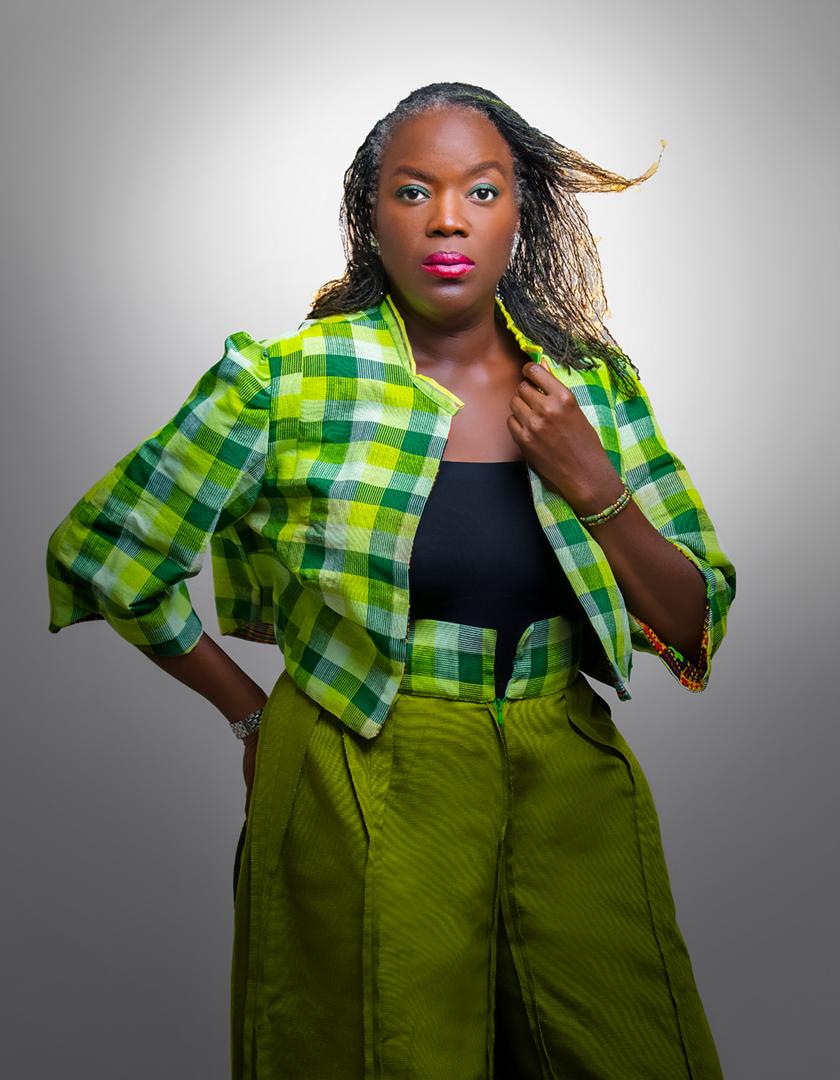

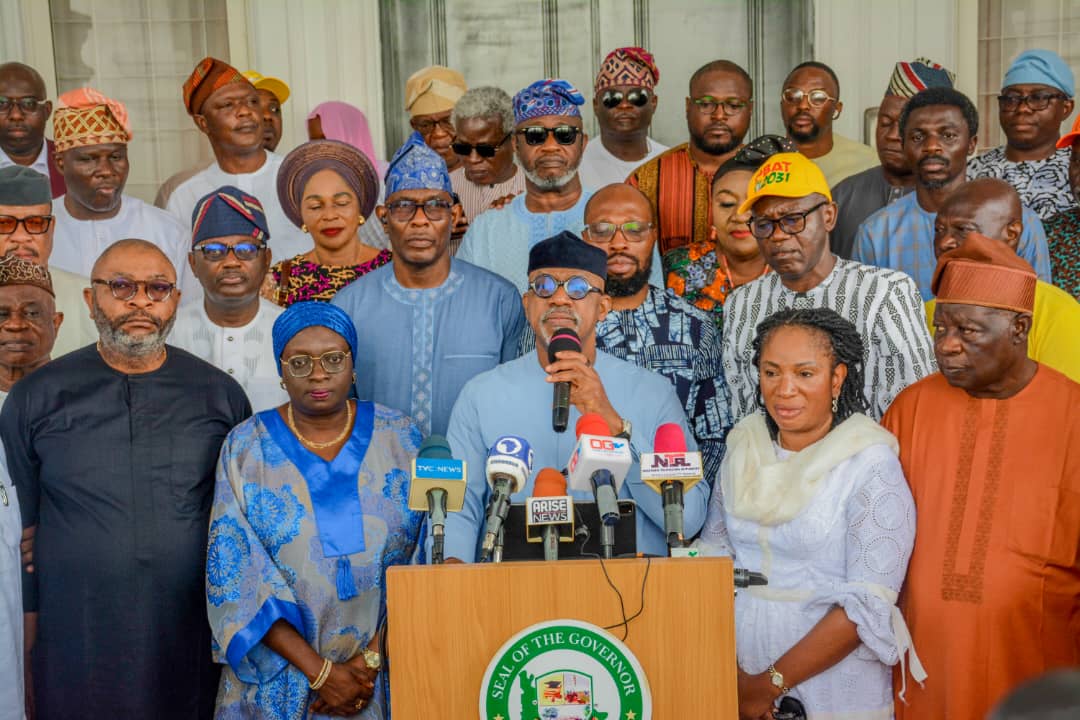

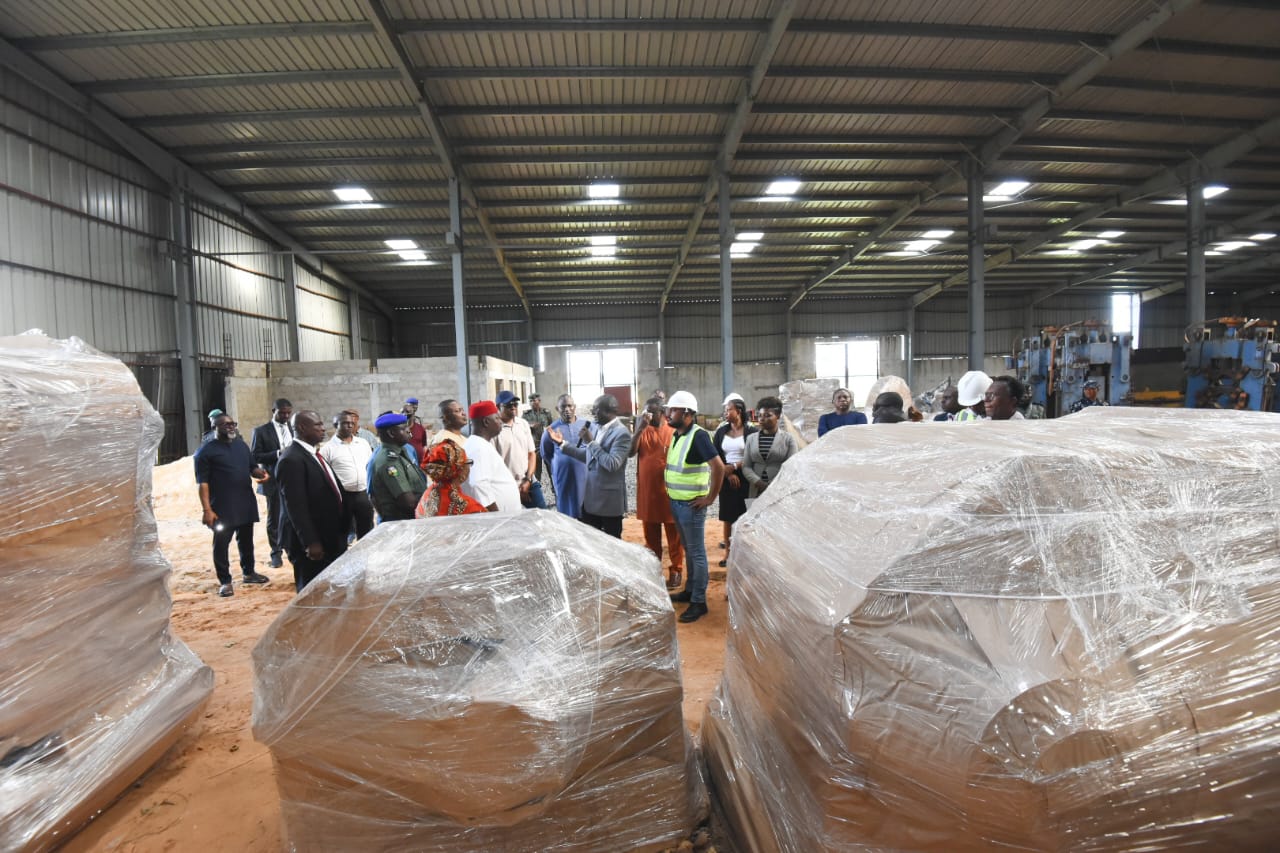
Leave a Reply